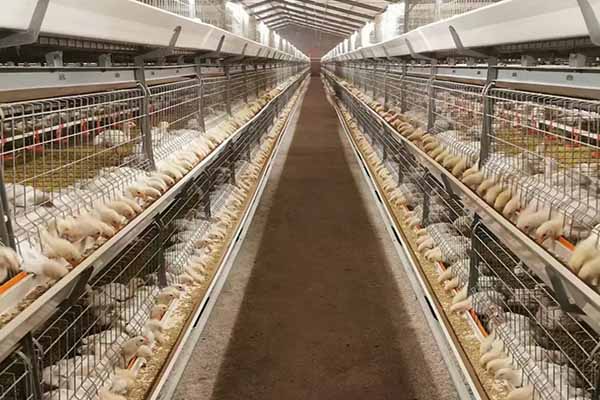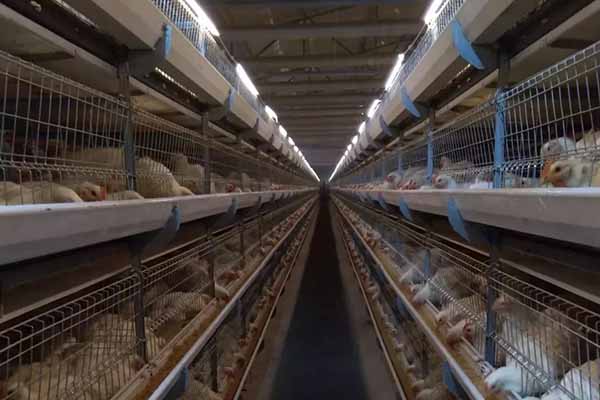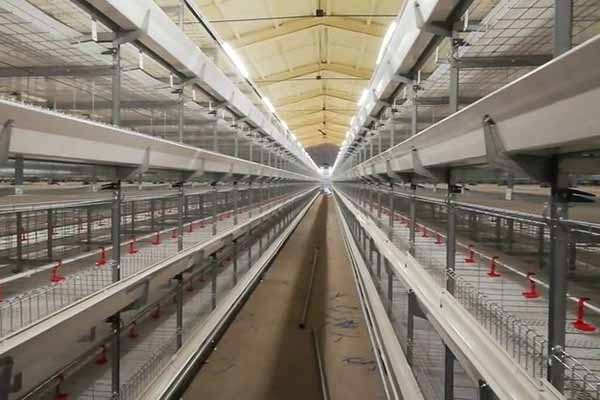Maintenance Guide for Chicken Equipment in Kenya
Time : 2025-07-01
In Kenya, the poultry industry is a vital component of the agricultural sector, contributing significantly to food security and economic growth. To ensure the efficiency and longevity of chicken equipment, regular maintenance is crucial. This comprehensive guide provides detailed instructions on maintaining various types of chicken equipment to optimize performance and minimize downtime.
Introduction to Chicken Equipment in Kenya
The poultry industry in Kenya relies on a range of equipment to facilitate the rearing, feeding, and monitoring of chickens. This includes brooders, feeders, drinkers, nest boxes, and more. Proper maintenance of this equipment is essential to prevent breakdowns and to maintain hygiene and health standards.
Regular Cleaning
Regular cleaning is the cornerstone of maintaining chicken equipment. Here’s a guide on how to clean different components effectively:

- Brooders: Clean the heat elements and the interior surfaces regularly. Use a mild detergent and water solution, ensuring that all food particles and droppings are removed.
- Feeders: Wash feeders thoroughly after each feeding. This helps prevent the buildup of mold and bacteria. Use a brush to clean hard-to-reach areas.
- Drinking Water Systems: Empty and clean waterers daily. Check for clogs or leaks and ensure that water flow is consistent.
- Nest Boxes: Clean nest boxes at least once a week. Remove bedding and sanitize the boxes with a solution of bleach and water.
Inspection and Replacement
Regular inspection of chicken equipment is vital to detect any potential issues early. Here’s what to look for:
- Brooders: Check for any signs of wear or damage to the heat elements. Ensure that the temperature is consistent and within the recommended range.
- Feeders: Inspect for rust, clogs, or malfunctions. Ensure that feed distribution is even and that feed is not getting wet.
- Drinking Water Systems: Look for leaks, sediment buildup, or water quality issues. Clean the system as necessary and check for blockages.
- Nest Boxes: Check for damage to the walls and floors. Ensure that the nesting area is comfortable and secure for the hens.
In cases where parts are worn out or damaged beyond repair, they s hould be replaced promptly. Delaying replacements can lead to increased downtime and potential health risks for the chickens.
hould be replaced promptly. Delaying replacements can lead to increased downtime and potential health risks for the chickens.
Preventive Maintenance
Preventive maintenance involves regular checks and services to keep chicken equipment running smoothly. Here’s a maintenance schedule to follow:
- Weekly: Clean feeders, waterers, and brooders. Check water quality and replace water as needed.
- Monthly: Inspect all equipment for wear and tear. Clean the cooling system and replace any worn-out parts.
- Quarterly: Conduct a thorough inspection of the entire equipment setup. This includes checking the electrical system, water supply, and ensuring that all components are functioning properly.
- Annually: Perform a comprehensive service of all equipment. This may include recalibrating temperature controls, replacing filters, and conducting a thorough cleaning of the entire system.
Hygiene and Sanitation
Hygiene and sanitation are paramount in the poultry industry. Here’s how to maintain a clean environment:
- Cleaning Schedule: Establish a regular cleaning schedule and ensure that all staff are trained in proper cleaning procedures.
- Sanitization: Use a sanitizer solution to clean equipment after each use. This helps prevent the spread of diseases and parasites.
- Staff Training: Educate all staff on the importance of hygiene and proper maintenance procedures.
Conclusion
Proper maintenance of chicken equipment in Kenya is essential for the success of the poultry industry. By following this guide, poultry farmers can en sure that their equipment operates efficiently, reduces downtime, and maintains high standards of hygiene and sanitation. Regular maintenance not only prolongs the life of the equipment but also contributes to the overall health and productivity of the chickens.
sure that their equipment operates efficiently, reduces downtime, and maintains high standards of hygiene and sanitation. Regular maintenance not only prolongs the life of the equipment but also contributes to the overall health and productivity of the chickens.











